PediNotes was designed by neonatologists and pediatricians to improve the way we work and communicate across all hospital departments. Our program improves efficiencies not just to save time conducting patient rounds and sharing data, it is also built to accommodate valuable integrations like Vermont Oxford Network exports and an in-program billing platform. PediNotes’ billing integration provides all users access to easily review patient billing details and complete billing in one dashboard.
Set Custom Billing Rules in PediNotes
Neonatologists have numerous billing rules we must follow based on the age of the baby, the baby’s weight, or in accordance with the diagnoses or procedures conducted. PediNotes allows you to create billing rules that work in the background to ensure all billing details are correct across your team and patients.
When a user goes to create a bill, you can set up PediNotes to display a warning if they are using an incorrect code. PediNotes can be set to display either a soft warning, which will allow users to continue billing even after they’ve been warned, or a hard stop, which requires users to fix the issue before completing the bill. For instance, a hard stop we use in our practice prevents us from using a code limited to babies under 1500 grams when the baby is over 1600 grams.
Setting up your own billing rules in PediNotes ensures you will maintain compliance for your group and guarantees your full team is following the same guidelines. By establishing clear rules to manage billing parameters in PediNotes, your team saves hours by limiting the amount of time needed to review bills when they are completed and exported as well. All bills should already adhere to the compliance guidelines for your practice.
PediNotes’ billing features are beneficial to neonatologists as well as consultants and any other providers who use the program. Custom, specific rules can be set depending on the needs of your practice and the various specialists PediNotes needs to accommodate.
Utilize Billing Reports & Billing Filters
In PediNotes, each user is able to bill whenever is convenient for their schedule. You can bill on the date you see the patient, at any time of the month, or even bill as you’re seeing the patient. The best timesaver we’ve found at our practice is to use the menu setting to view all the patients we’ve seen in a day and complete all of the day’s billing at one time.
In addition to easily creating bills, PediNotes allows you to run billing reports that show patients who have missed billing. Each individual user of PediNotes can run and check this report before the billing date is due.
PediNotes’ billing module also gives you the ability to create billing filters. You can set your most common codes and essentially create an electronic “super bill.” This allows you to put all your delivery codes in one place, all your NICU level 3 babies in one place, or all well babies together. These filters help your team save a significant amount of time. Users no longer have to spend time searching for the details they need to view because they can use these established filters to find the information they need much more quickly.
Once billing is complete, you can generate reports for your practice in an HL7 format to easily import into other billing programs as needed.
In our practice, we’ve been billing within PediNotes for around 10 years. The custom rules and easy in-program dashboard improve our efficiency completing billing tasks and save countless hours for our team.
PediNotes is designed to help improve the experience and efficiency of working in neonatal and pediatric practices. If you would like an interactive look at our billing integration or any of our software’s other beneficial features, please send us an email at info@pedinotes.com, give us a call at (225) 214-6421, or sign up for a free demo.
Please also subscribe to our email list to receive notifications about our latest blogs and updates to PediNotes.





